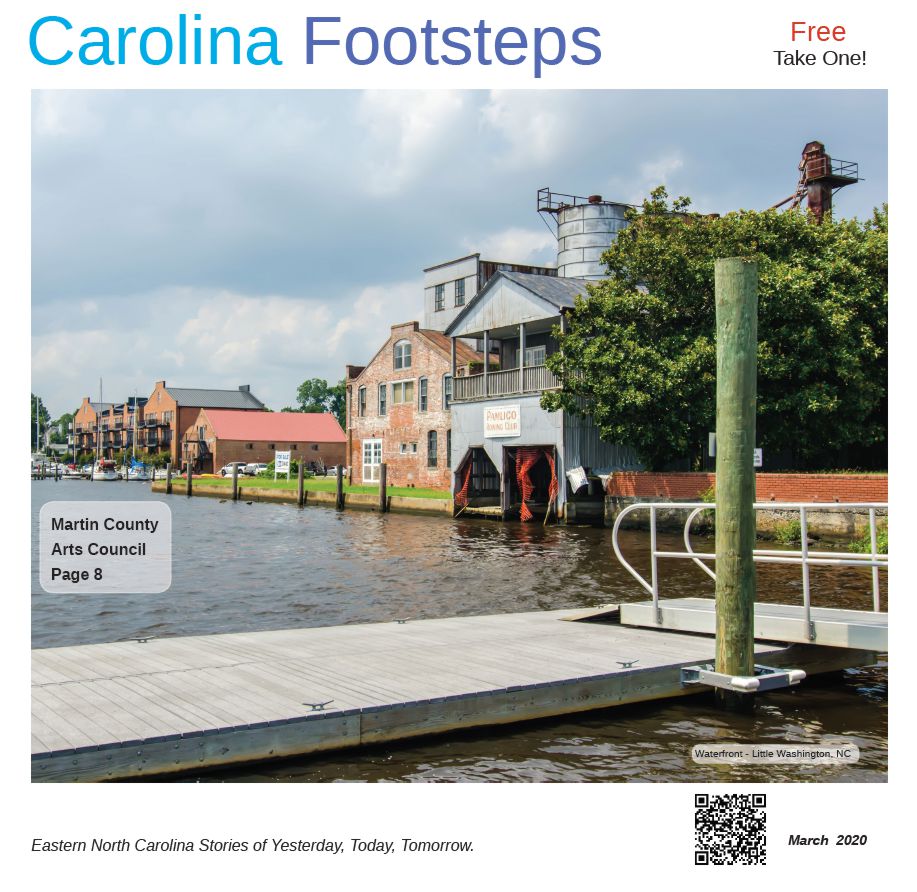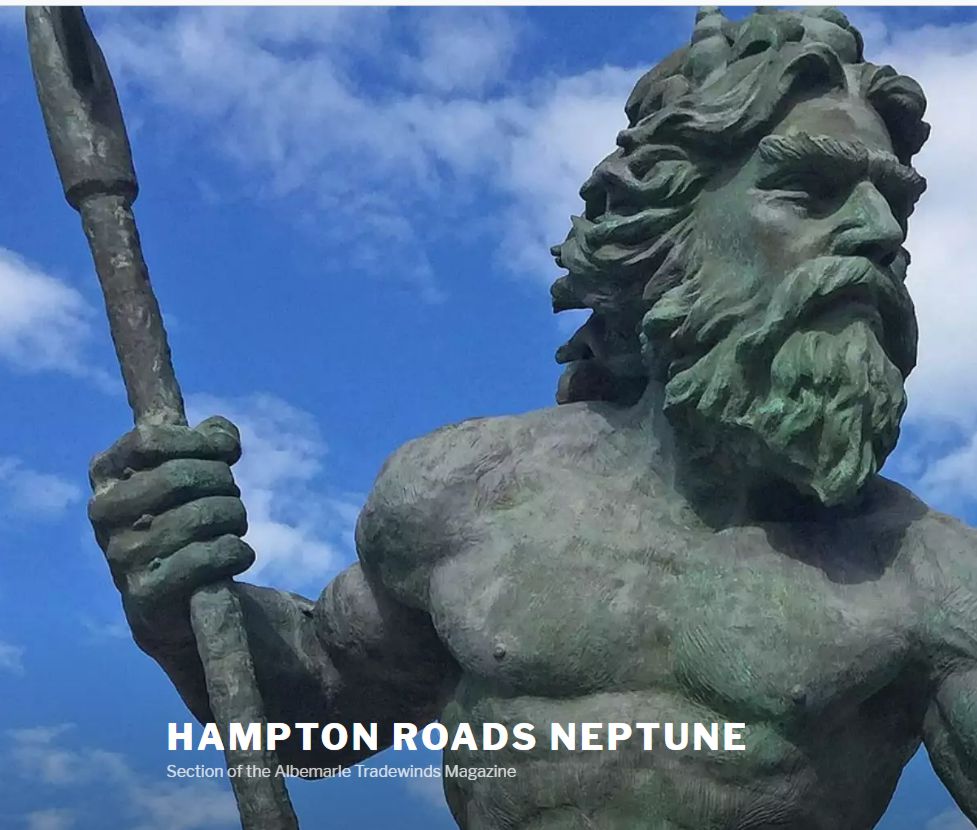I will admit
being a little impatient for spring to begin to unfold. Part of what
propels my impatience is the arrival of strawberries. After enduring
a seemingly interminable winter, one of the first rewards is the
appearance of the low-growing plants that yield the sweetness of the
coming months.
Many people are
familiar with the pick-your-own strawberry plots. Fewer harvesters
know about the berries that do not grow on black plastic. The wild
strawberry (Fragaria virginiana) is native only to North America.
Although there are other wild strawberries the F. virginiana, also
known as the Coastal strawberry, is regarded as the sweetest of the
foraged strawberries.
Native American
populations and settlers relished the wild strawberry and consumed
the fresh fruit raw, dried, cooked and as a tea. Not only were the
distinctive taste and the value of nutritional properties
appreciated, but it was also used as a medical concoction. The fruits
are high in antioxidants and Vitamin C content. The leaves were used
as a poultice to treat burns and abrasions. The roots were chewed to
reduce gum inflammation and root teas were used to treat
gastrointestinal and urinary disorders.
There may be a question about the “other” common wild strawberry.
There is a mock strawberry (currently classified as Duchesnea indica)
that looks very similar to the Virginia plant. There are some
significant differences, including blossom color and fruit placement
but the main difference is that the mock strawberry fruit, while not
toxic, has no taste. In comparison, I think you will find that the
Coastal strawberry produces a greater volume of the long-awaited
refrain…Spring has arrived.
Native American Strawberry By Coy Domecq
 Reviewed by kensunm
on
7:00:00 PM
Rating:
Reviewed by kensunm
on
7:00:00 PM
Rating:
 Reviewed by kensunm
on
7:00:00 PM
Rating:
Reviewed by kensunm
on
7:00:00 PM
Rating:









No comments: